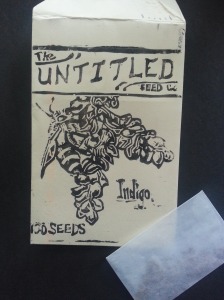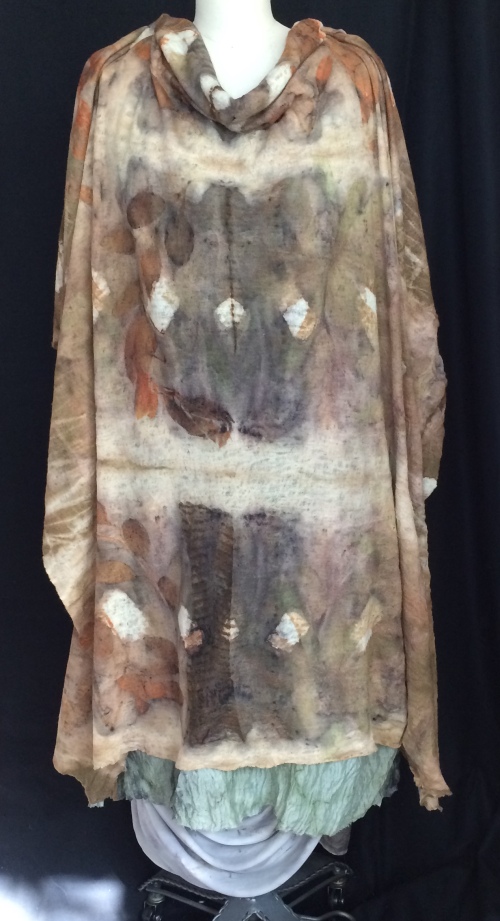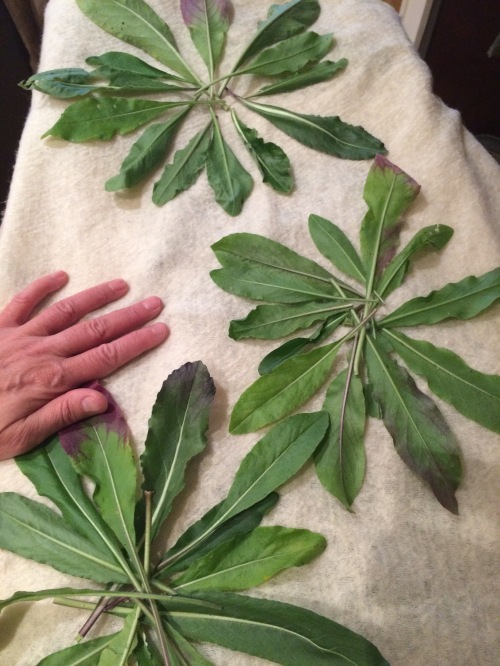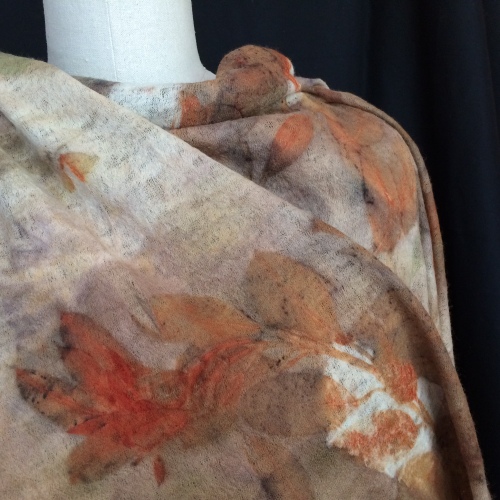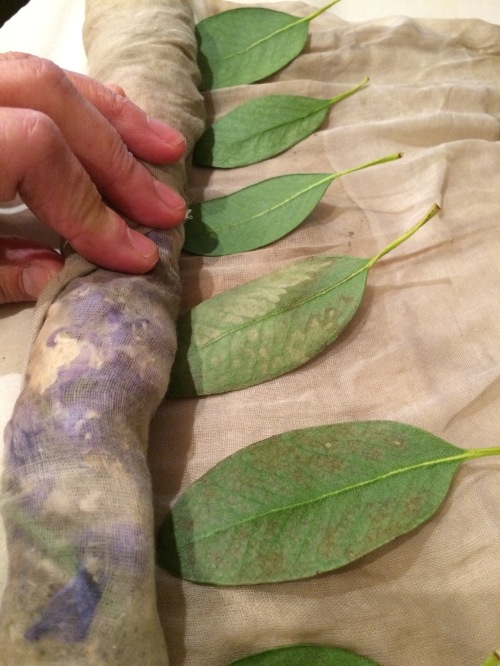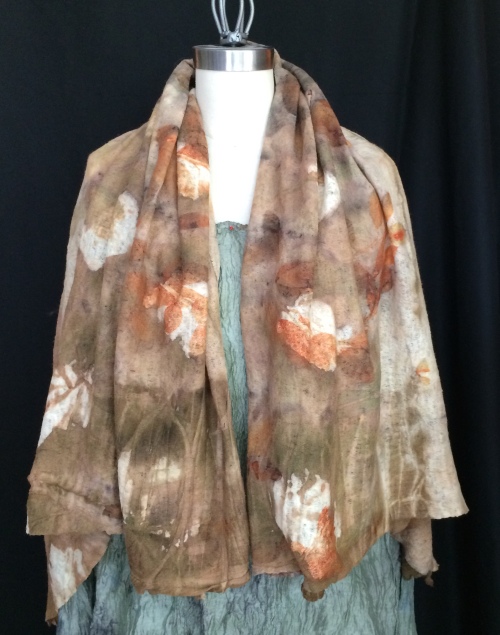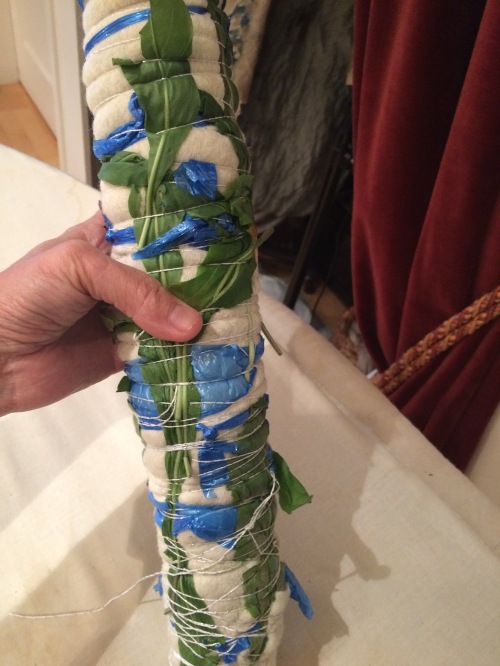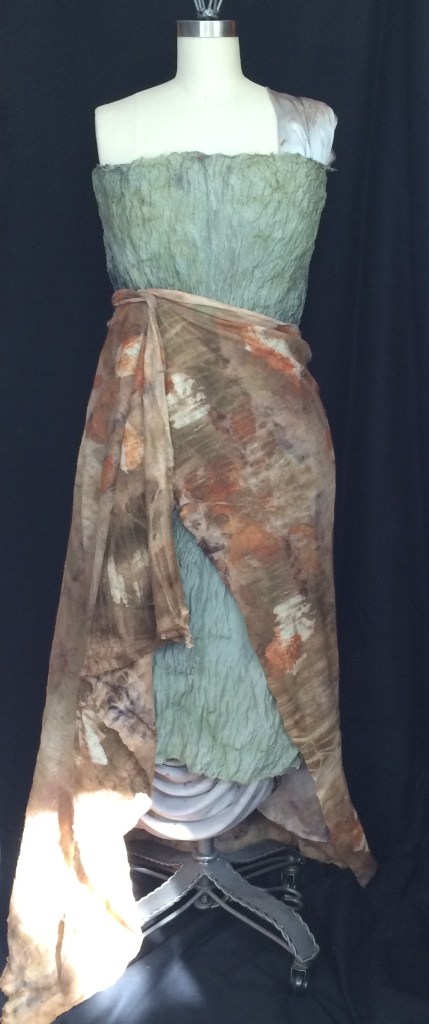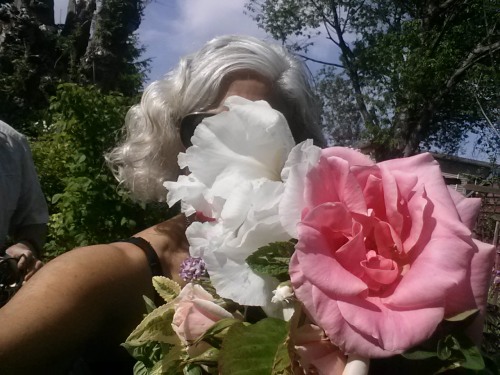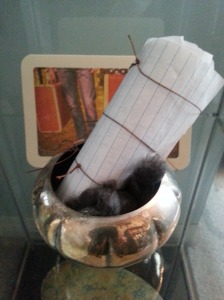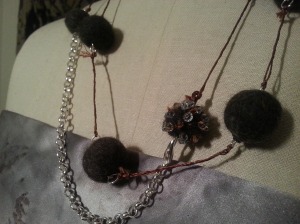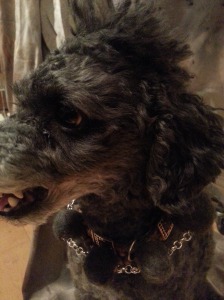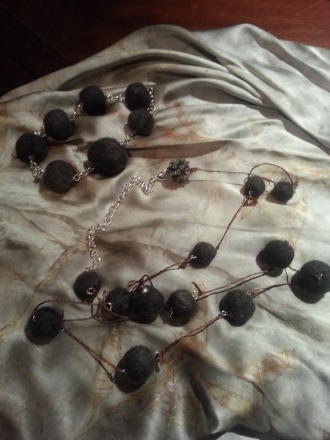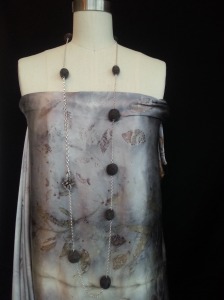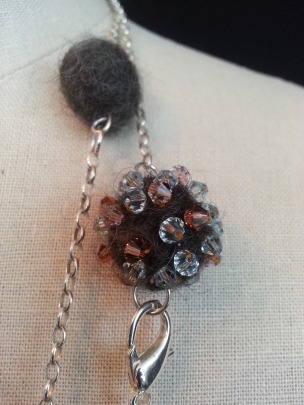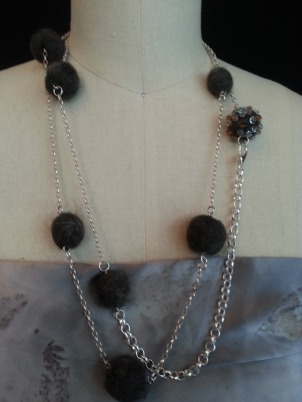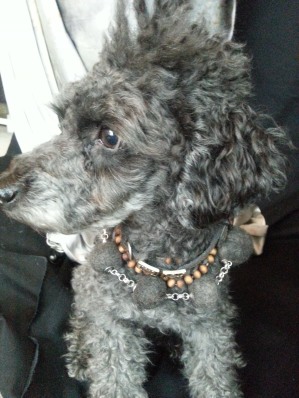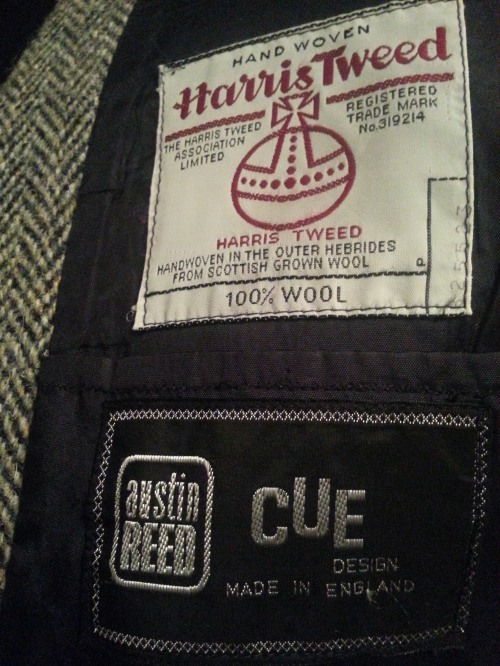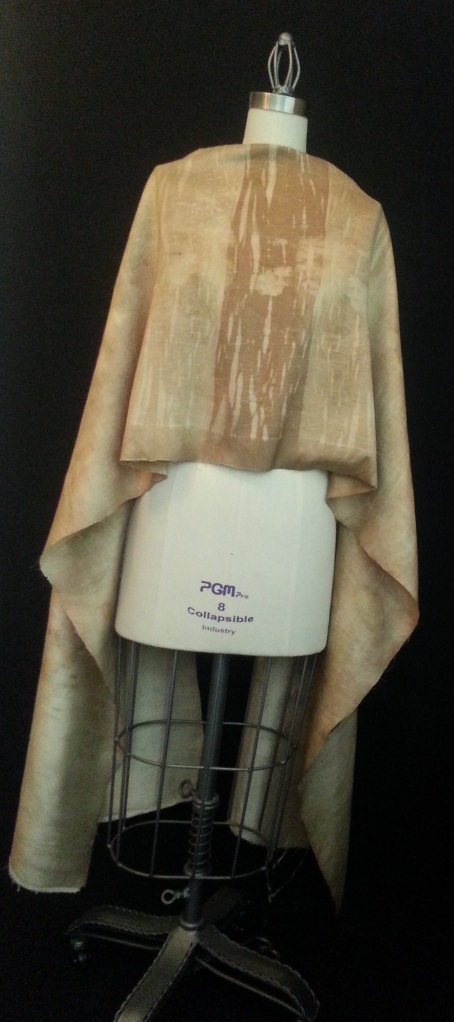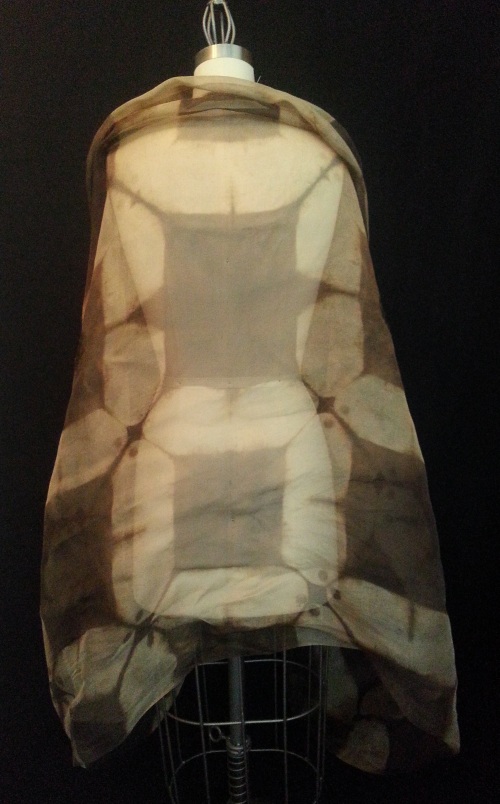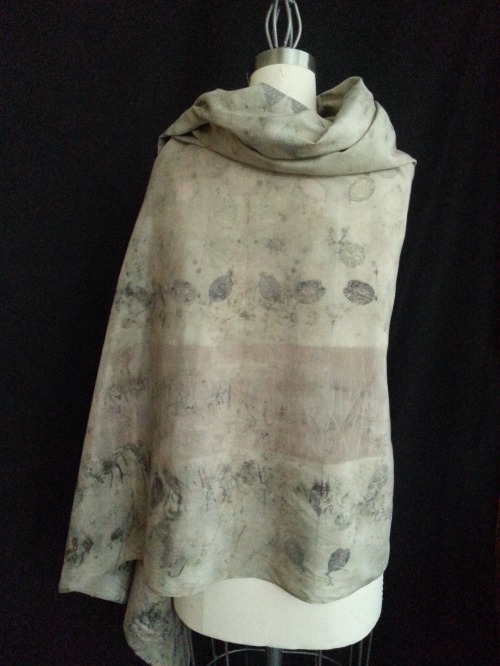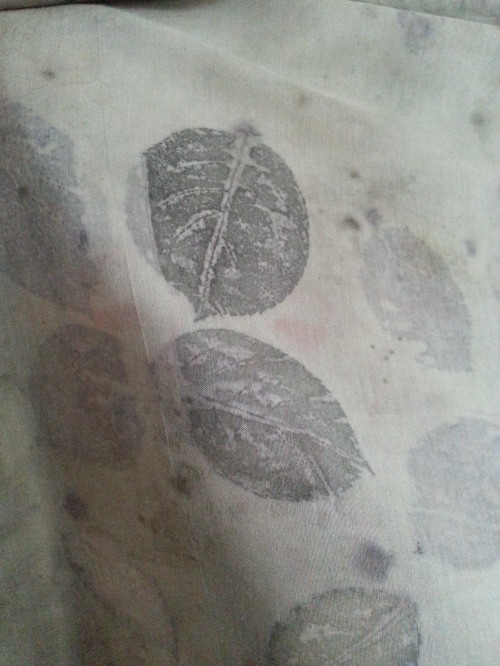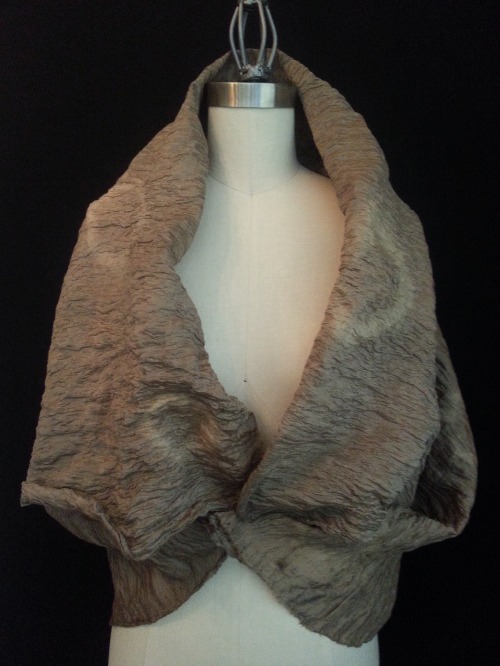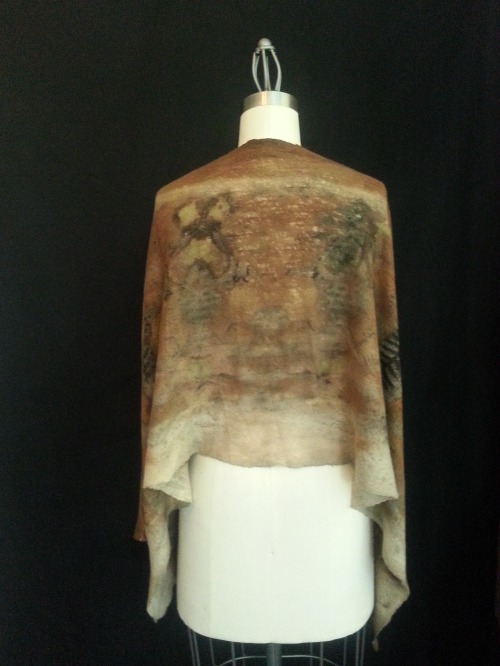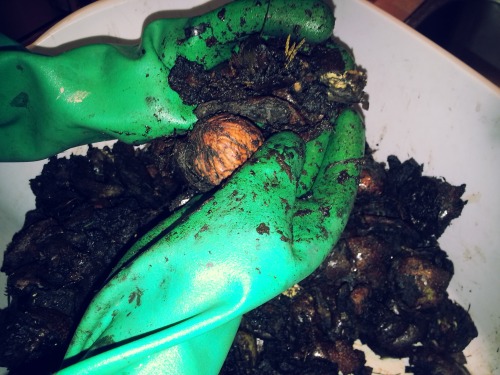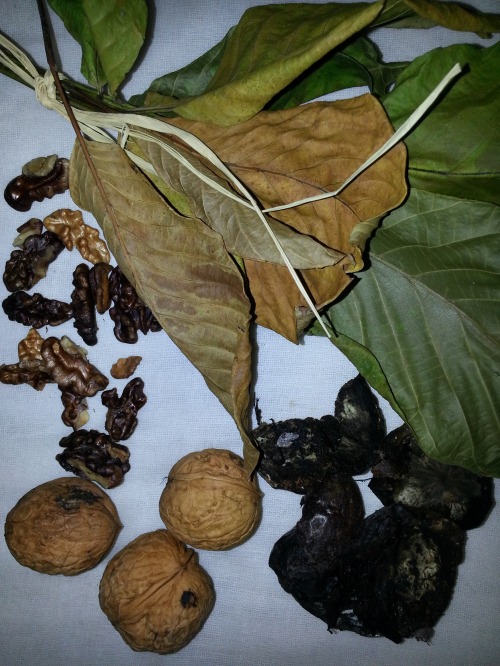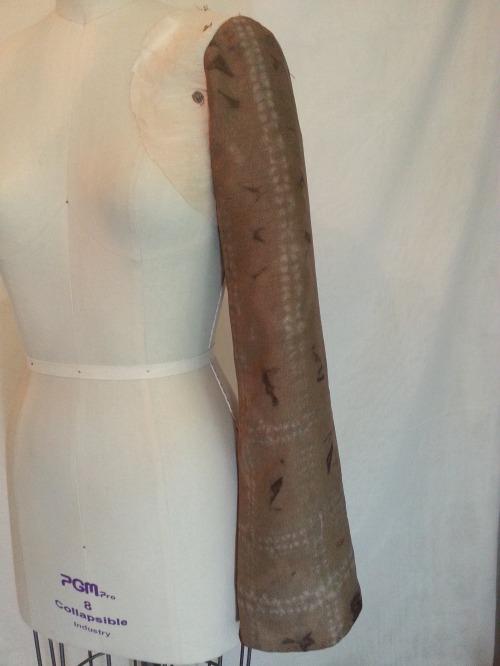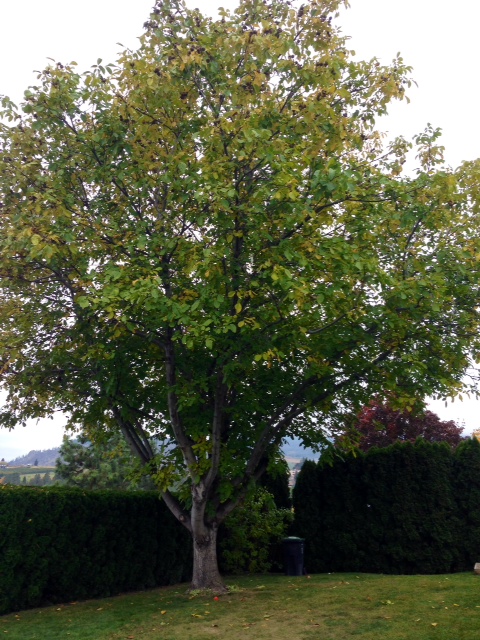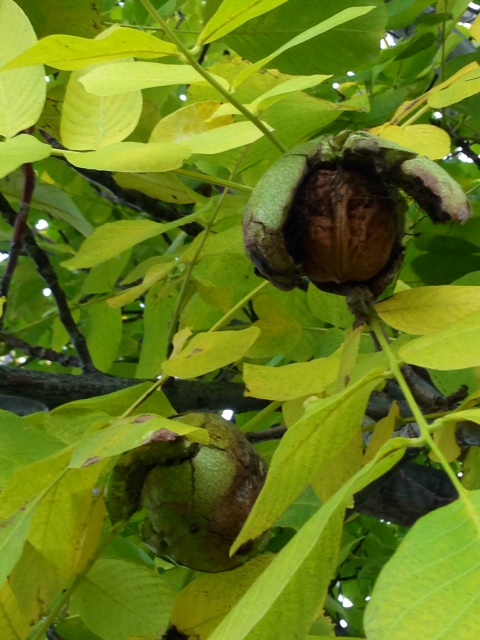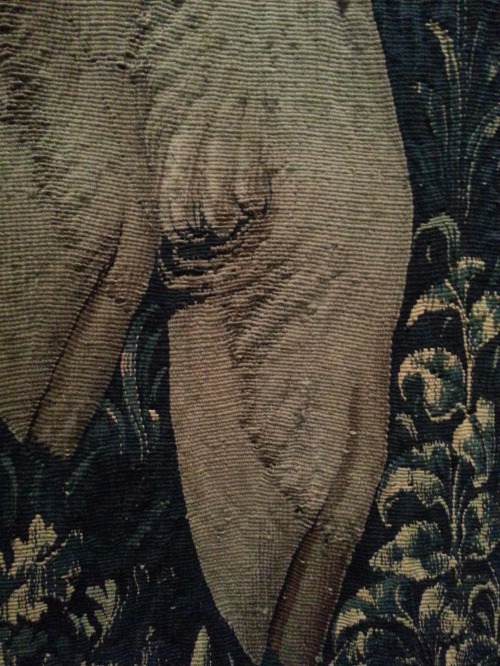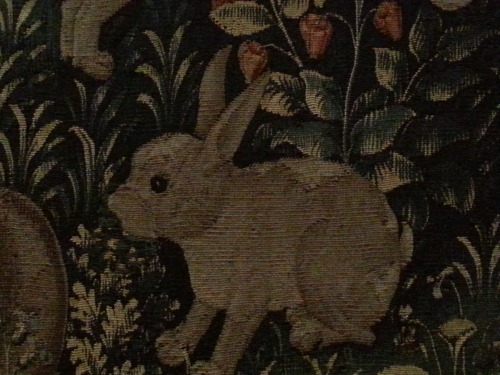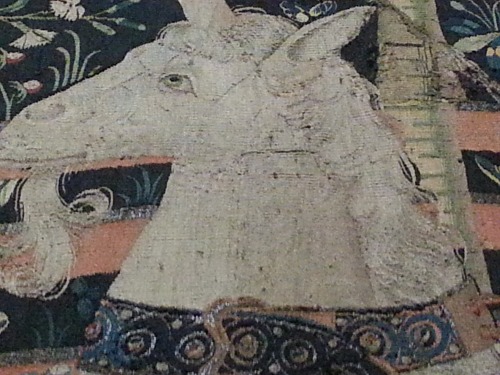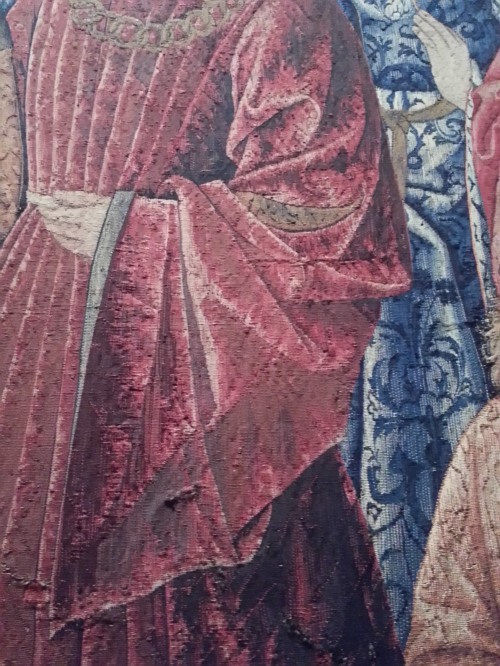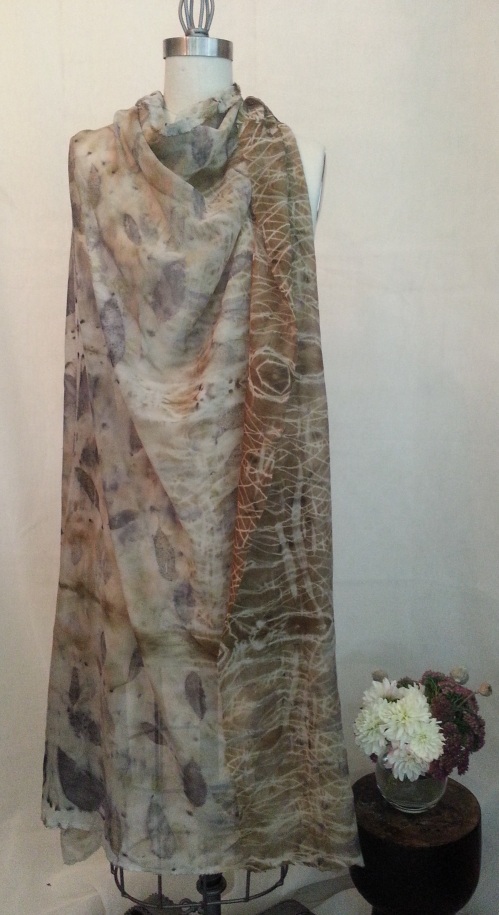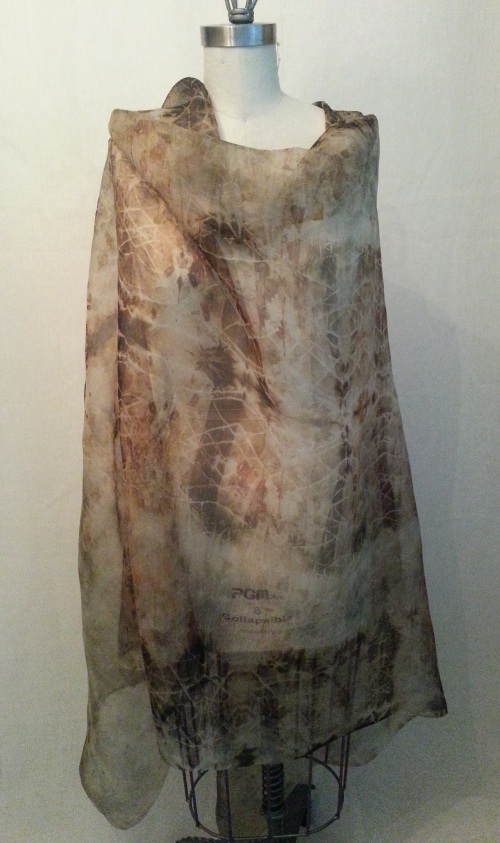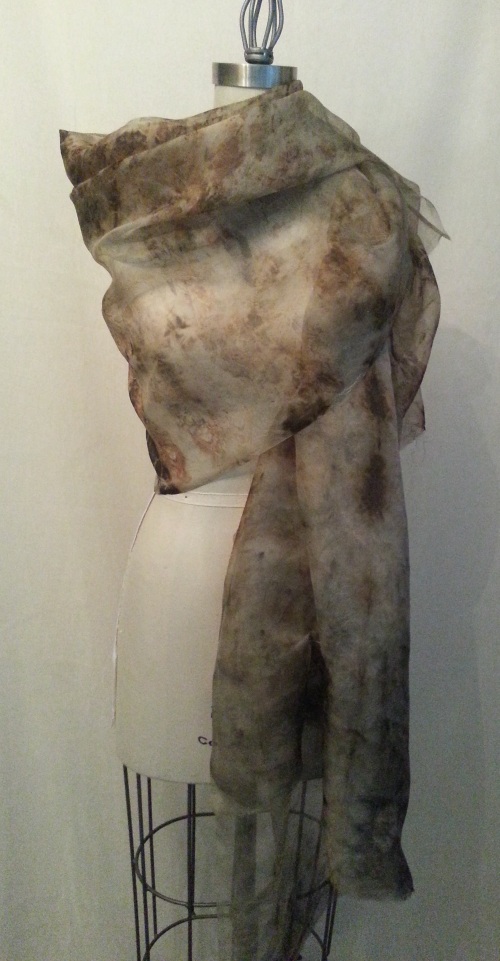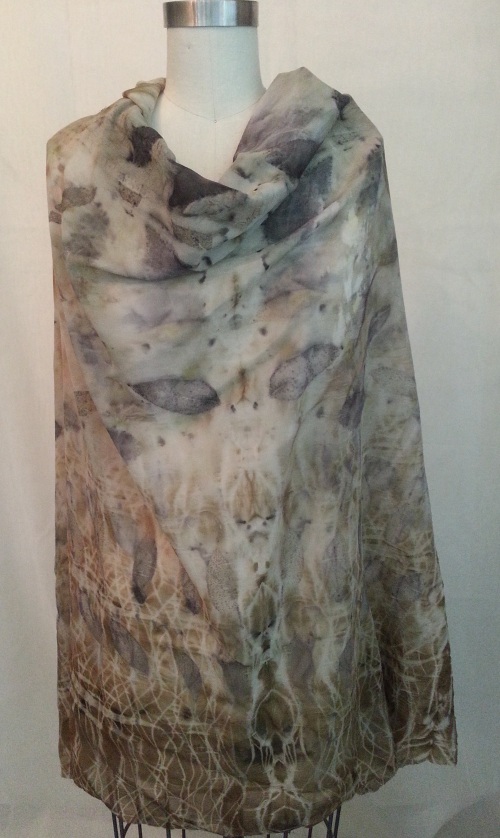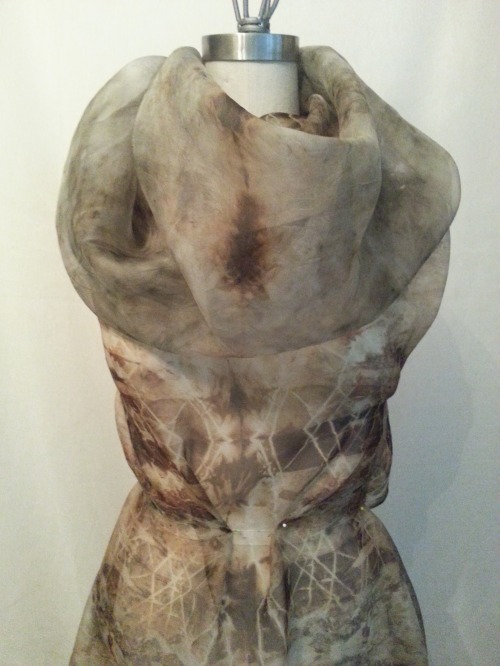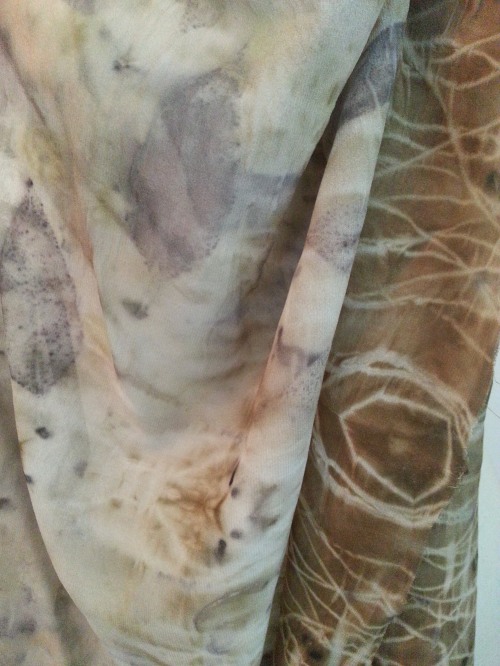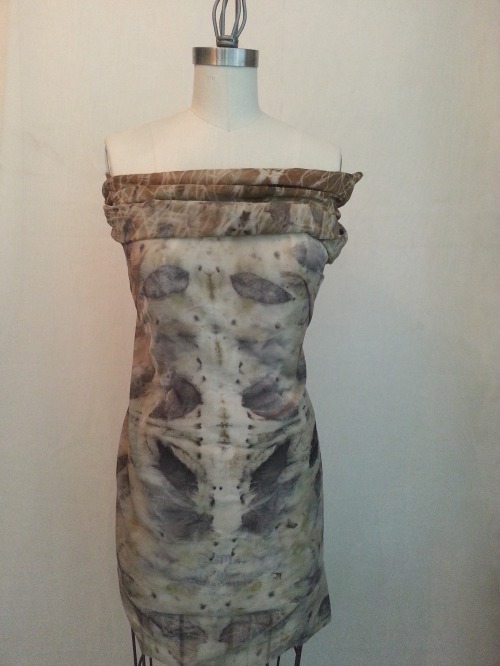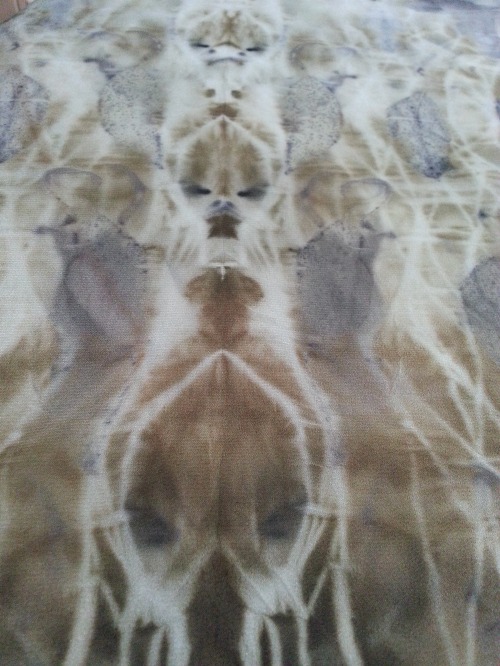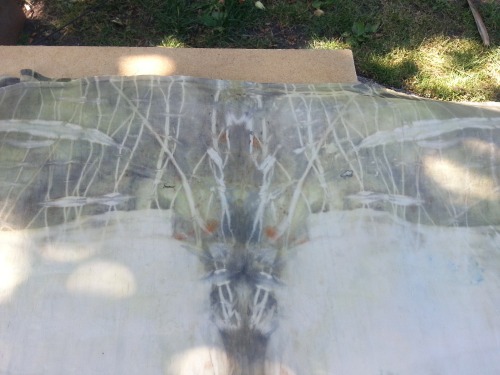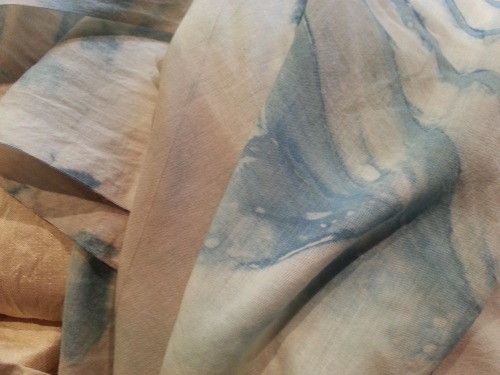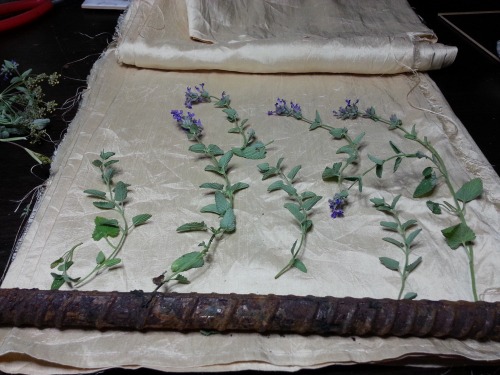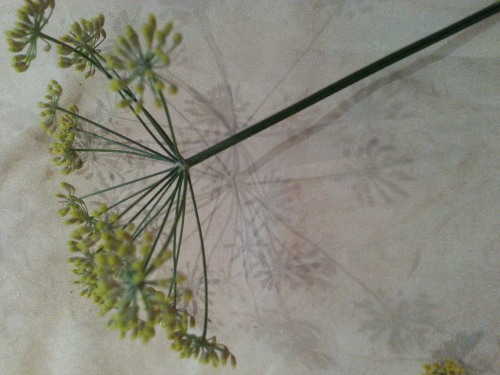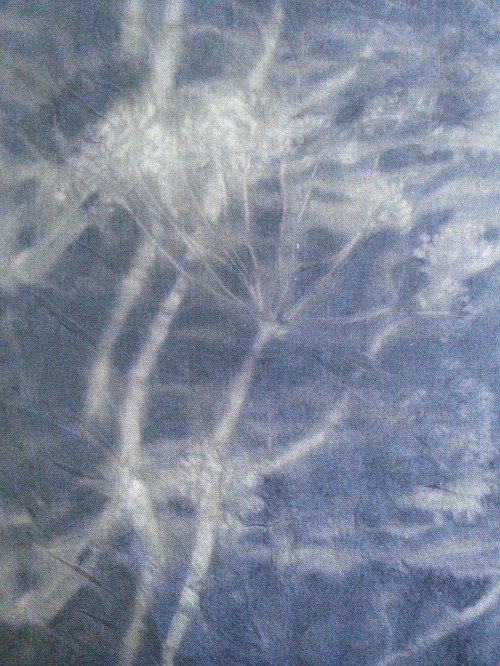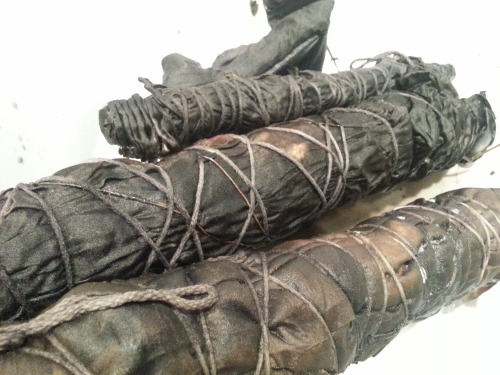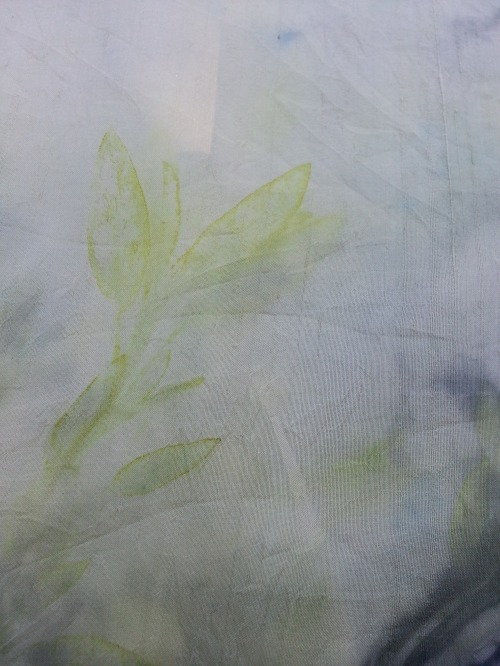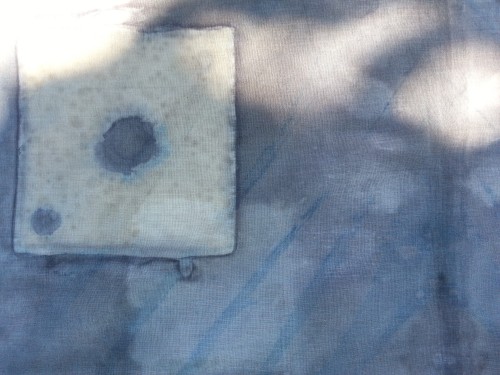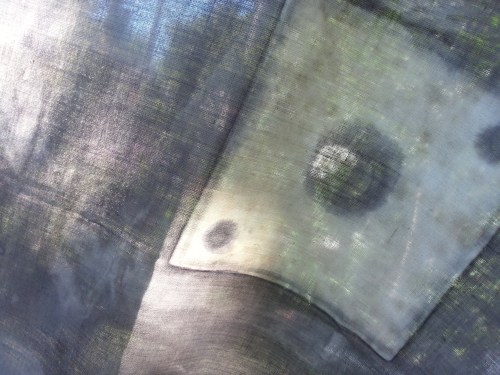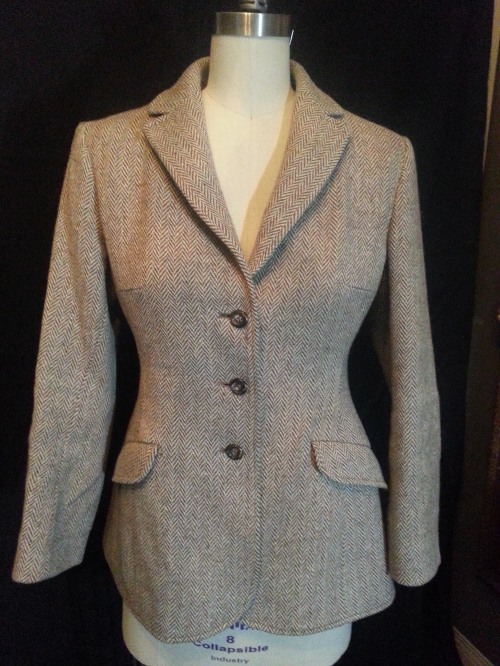
Dawson Street bespoke Jacket – and it has a matching skirt!
Inspired by two recent thrifting vintage finds – both of them tweed. The first is a bespoke (made from scratch) lady’s tweed suit maybe from the 50’s or 60’s made in Ireland by a shop on Dawson street which is no longer in existence. Some lovely West Van matron surely must have had it custom made for her on a visit to the ‘auld country.
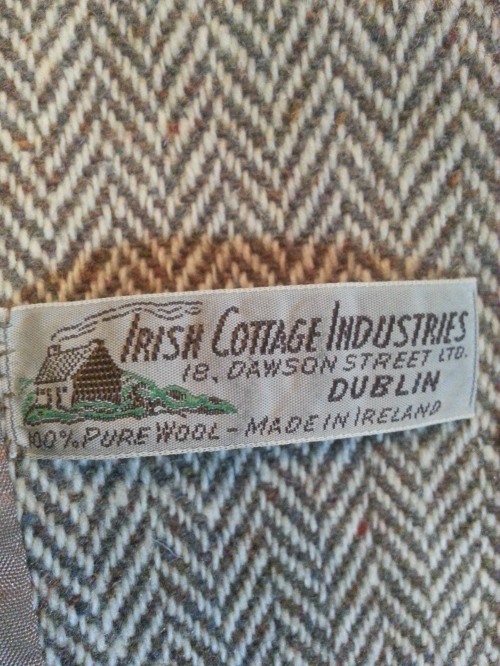
Detail – Irish Cottage Industries, 18, Dawson Street Ltd. Notice the flecks of red and green in this stunning twill tweed.
The second is a man’s British Austin Reed ‘Cue’ tailored jacket made with the classic Scottish Outer Hebrides Harris Tweed fabric. I think this jacket is also from the 70’s or thereabouts although it’s not bespoke. The man’s jacket is very heavy weight fabric with pretty square shoulders – I imagine a rugged young man sporting it as he climbed up a mountain in a sturdy pair of shoes! No MEC gortex or fleece to be found. The jacket is mine now and with some strategic re-seaming and additional darts – I turned it into a lady’s beach walking jacket.
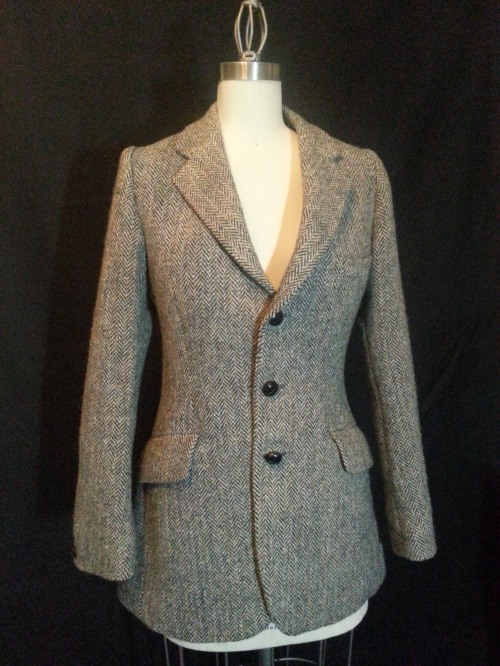
Deconstructed Austin Reed Jacket …reconstructed into a lady’s beach walking Jacket. I’m the lady. Oops, forgot to take a ‘before’ shot – suffix to say I removed almost a 2-inch width of fabric from the shoulders (and removed the shoulder pads).
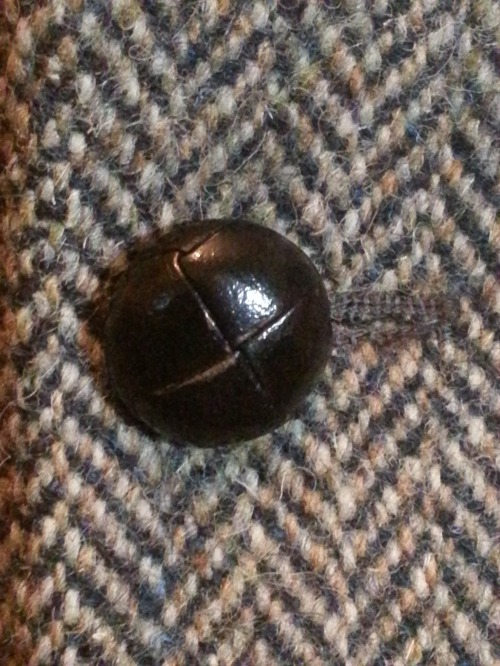
Detail – Pristine leather button – no signs of wear at all. See the gorgeous colours involved with the tweed?
The fabric (100% wool woven in a ’twill’ diagonal weave) and design is completely classic although I couldn’t find exact design references that matched them online. The Harris Tweed Authority doesn’t actually publish the trade mark numbers online… mine is No. 319214 which I think is one of their more popular twills.
It would be hard to place both jacket’s exact provenance without time consuming research – suffice to say I was thrilled to find them as both garments are in pristine condition. The top button on the man’s jacket was actually hard to insert into the button hole which indicates it was rarely worn. A wonderful feature of tweed – is that both fabrics come across as neutral at first glance but the closer you look reveals the myriad of colours that are incorporated into the fabric, blues, greens, yellows, grays, etc. So subtle and elegant.
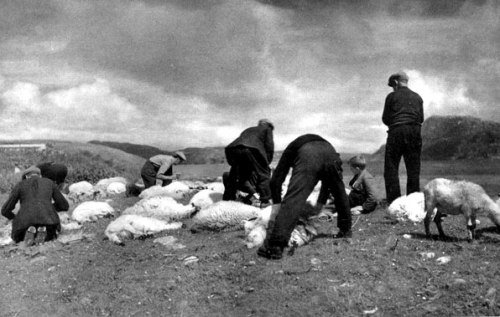
Sheep Shearing for Harris Tweed
The fabric in the man’s jacket is made up of wool that is firstly dyed and spun in a island mill and every yard is handwoven in the home of a Harris Tweed weaver. I would expect the Irish tweed has a similar pedigree. The lady’s jacket has beautiful tortoiseshell buttons and the Harris Tweed man’s jacket has leather woven buttons.
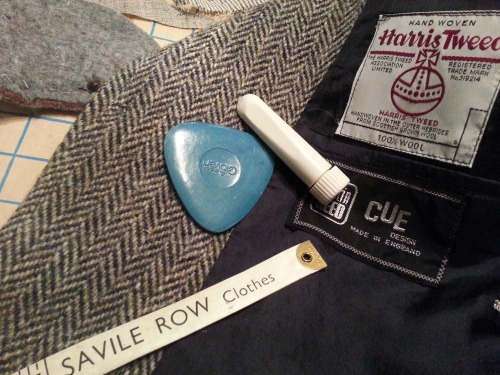 It’s so appropriate that I happened upon both these treasures at the thrift store just as I’m reading an interesting book “The Coat Route’ (Meg Lukens Noonan) which is about bespoke tailoring and ‘slow’ clothing. I had to deconstruct both of my finds and tailor them to my measurements. I used tools originally from my mother’s stash… the Savile Row measuring tape, and her tailor’s chalk.
It’s so appropriate that I happened upon both these treasures at the thrift store just as I’m reading an interesting book “The Coat Route’ (Meg Lukens Noonan) which is about bespoke tailoring and ‘slow’ clothing. I had to deconstruct both of my finds and tailor them to my measurements. I used tools originally from my mother’s stash… the Savile Row measuring tape, and her tailor’s chalk.
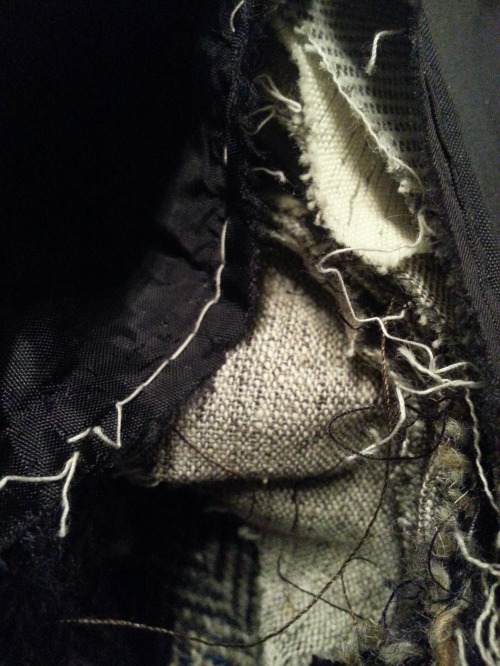
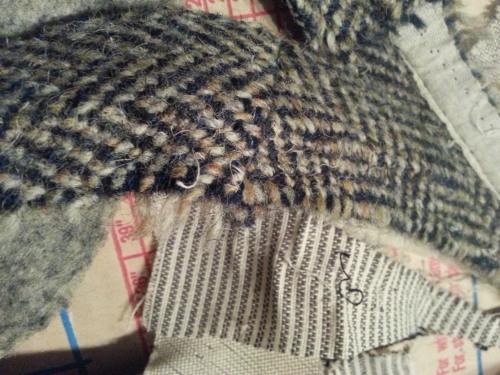
Wow, the inside of the lady’s jacket and skirt showed the incredible workmanship that goes into bespoke construction. All the classic techniques were in evidence… wide generous seaming (for potential alterations if ‘yer measurements expanded), beautiful interfacing and underlining and hand sewing on some of the seaming. The man’s jacket even had horsehair interfacing! I managed to get away with only partial deconstruction by undoing the lining only at the bottom of the jackets and at the shoulder seams. Still, it was a lot of work as I had to recut the shoulders and reset the sleeves on both jackets to make them much smaller – but because the fabric is of such high quality the alterations worked out beautifully. I also narrowed the sleeves on both jackets to give proportion and balance.
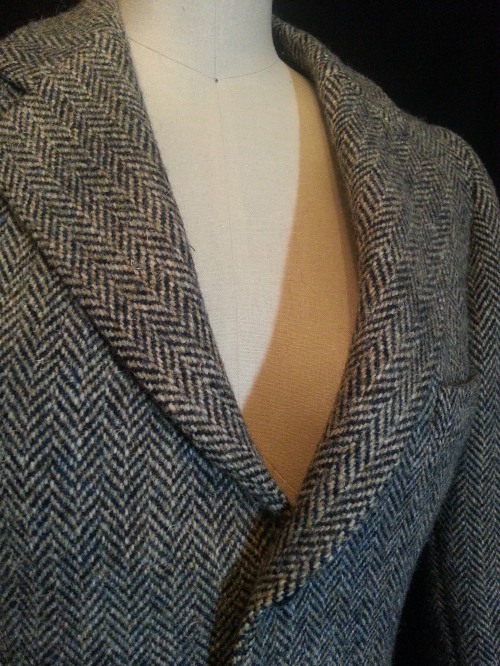 Wearing the tweed is fabulous – especially in this December cold weather. I feel like I’m right out of Downton Abbey. I definitely prefer the style and function of tweed over our West Coast gortex and fleece. The design will never go out of style… gets better with age… is ecologically sound because it’s biodegradable, VOC absorbent, non-allergenic, energy efficient manufactured…in other words it’s a fabric for the 21st century. There is nothing like wearing a garment of this quality – I feel like a million bucks in both of them! My dear mother would be proud of my finds and my commitment to bespoke alterations.
Wearing the tweed is fabulous – especially in this December cold weather. I feel like I’m right out of Downton Abbey. I definitely prefer the style and function of tweed over our West Coast gortex and fleece. The design will never go out of style… gets better with age… is ecologically sound because it’s biodegradable, VOC absorbent, non-allergenic, energy efficient manufactured…in other words it’s a fabric for the 21st century. There is nothing like wearing a garment of this quality – I feel like a million bucks in both of them! My dear mother would be proud of my finds and my commitment to bespoke alterations.
